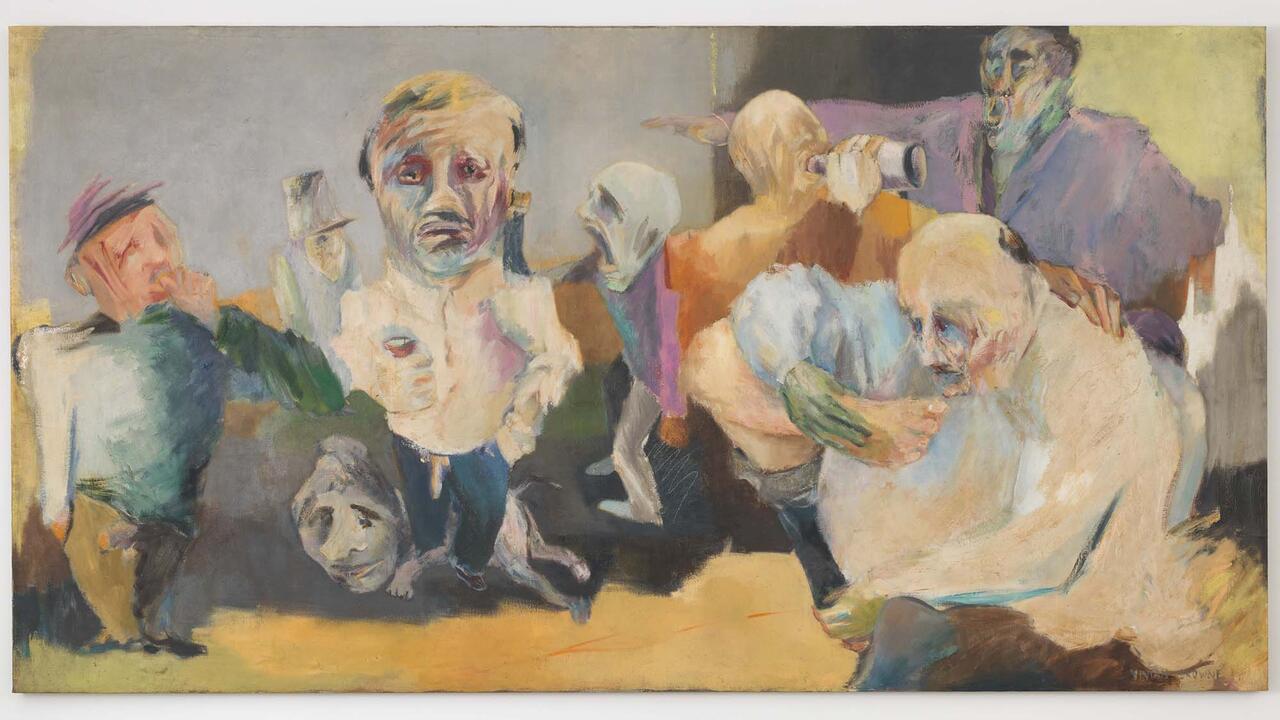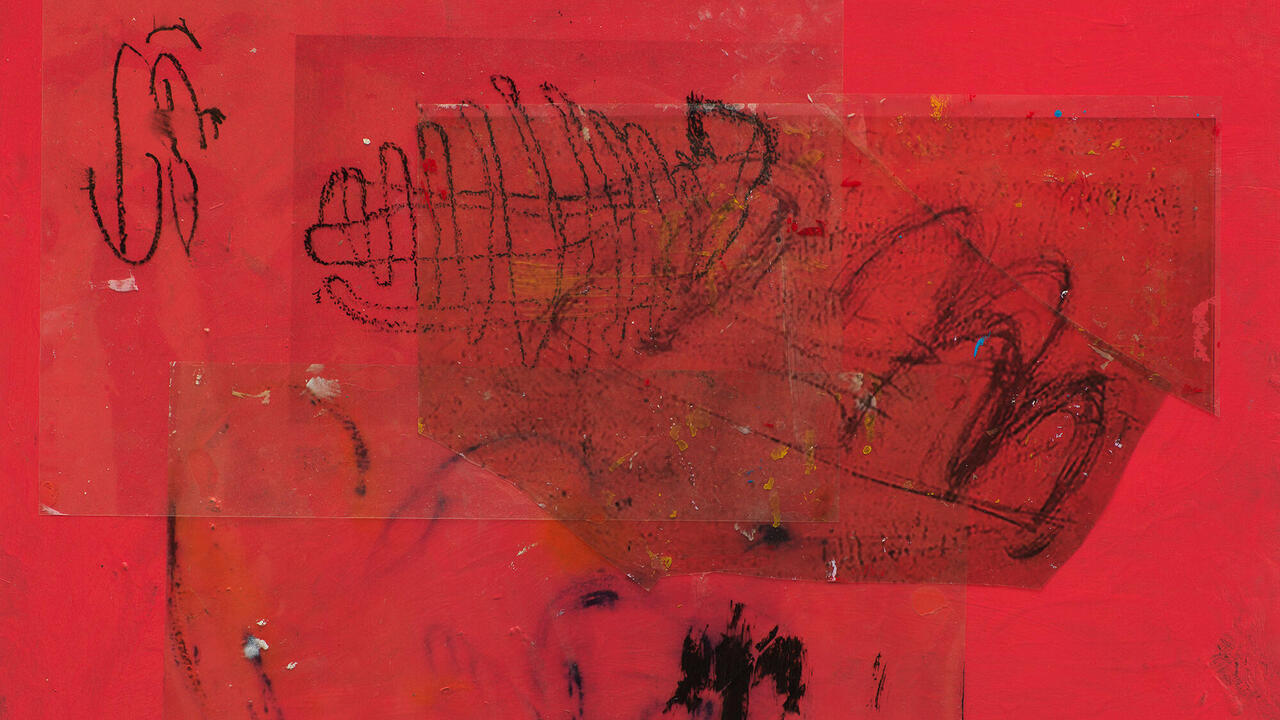Thomas Bayrle
WIELS, Brussels
WIELS, Brussels

When eminent artists have been practicing for so long and are evidently inspiration figures for a younger generation, moments inevitably arise when they should recur as points of focus. Such is the case now, following Thomas Bayrle’s substantial participation in 2012’s dOCUMENTA (13) and now his major survey, All-in-One, at Brussels’ dynamic kunsthalle, WIELS. In the way that is often replicated whenever an artist reaches canonical status, much has been said about the influence of Bayrle’s biography on his artistic output: his early life in post-war Germany and the ‘Wirtschaftswunder’ (Economic Miracle) of the 1950s that saw huge expansion of suburban housing and transport infrastructure, his apprenticeship in a textile factory, his experience of the Church, the sexual revolution of the ’60s and his viewing the immensity of Chinese military parades through images in the media. All of these phenomena have ideological ramifications, which, in a way, the artist sees as an affective machinery symptomatic of modern culture – the hegemonic flows of which are so dominant we find it hard not to participate, despite our partialities. All these thematic prompts are palpable in the artist’s work right up to the present day.
The general interpretation of Bayrle’s visualization of these themes places him in the German wing of Pop art’s legacy and any exhibition of this scale will give this overall visual effect. This is the case in his Wiels exhibition, where a variety of his collages, sculptures and films are presented in a tight hang. The development of motifs could be seen as central to Bayrle’s artistic methodology, creating signifiers that are at once playful yet reflect the crushing banality of belief systems, mass production, image saturation and our definitions of ‘progress’. The motifs are appropriated and used to create a larger version of the motif, or vice-versa. One of his images could either be the sum of its parts or a part of the whole – this pictorial dissonance aiming to raise the question of where we, as individuals, are in the grand scheme of things. The motifs vary – from corporate brands such as Lufthansa or The Laughing Cow, to a moustache recognizable as being that of Joseph Stalin – with the broad effect of homogenizing across the ideological divides they symbolize.
The inclusion of works in this survey in a variety of other media besides his famous collages provides a sense of Bayrle’s practice that avoids literally keeping it flat. There are key formative kinetic works like Mao und die Gymnasiasten (Mao and the Schoolboys, 1965) and Nürnberger Orgie (Orgy of Nuremberg, 1966), which portray the mass choreography of rallies; as well as sculptures like Tassentasse (1969/96), which look like his graphic works satisfyingly projected into three dimensions. A number of video works, all of which are collaborative ventures, bring movement and further repetition. A respected professor at Frankfurt’s Städelschule for many years, these videos were often produced with his students. Gummibaum (Rubber Plant, 1993–4), a 16mm film Bayrle made with Daniel Kohl, is a rather exquisite looping image of a rotating plant, whose stem and leaves are themselves made from moving images of crowds of people. The effect is that of people resembling worker ants. Whereas Superstars (1993), produced with Kobe Matthys, is an animation of various faces that zooms in and out to show that each of them is constituted from a short infinitesimal segment of a television clip, looped, and repeated seemingly infinitely, to make the whole. It is an early example of his practice’s engagement with computers – something that his pictures have alluded to in the context of bitmap and dot matrix imagery in digital mass circulation today.
Other thematic sections of All-in-One consider morality and censorship within the context of advanced capitalism. A series of engine sculptures like those he presented at dOCUMENTA (13) last year aim to draw comparison between the mechanical sound of the machine and the sound of the rosary – capitalism and the Catholic Church being two systems of belief that are against the idea of relativism and which Bayrle has forewarned are ‘leading us towards catastrophe.’
A smaller space on the fourth floor is devoted to numerous works considering sexual politics and the influx of pornographic imagery that became ubiquitous in the 1960s. Bayrle’s art holds up a mirror towards these forms of desire overkill in Western society. It all builds up to something that gradually, knowingly, repeatedly bludgeons with the sickly sweet. Leaving you with the feeling of numb satisfaction.













